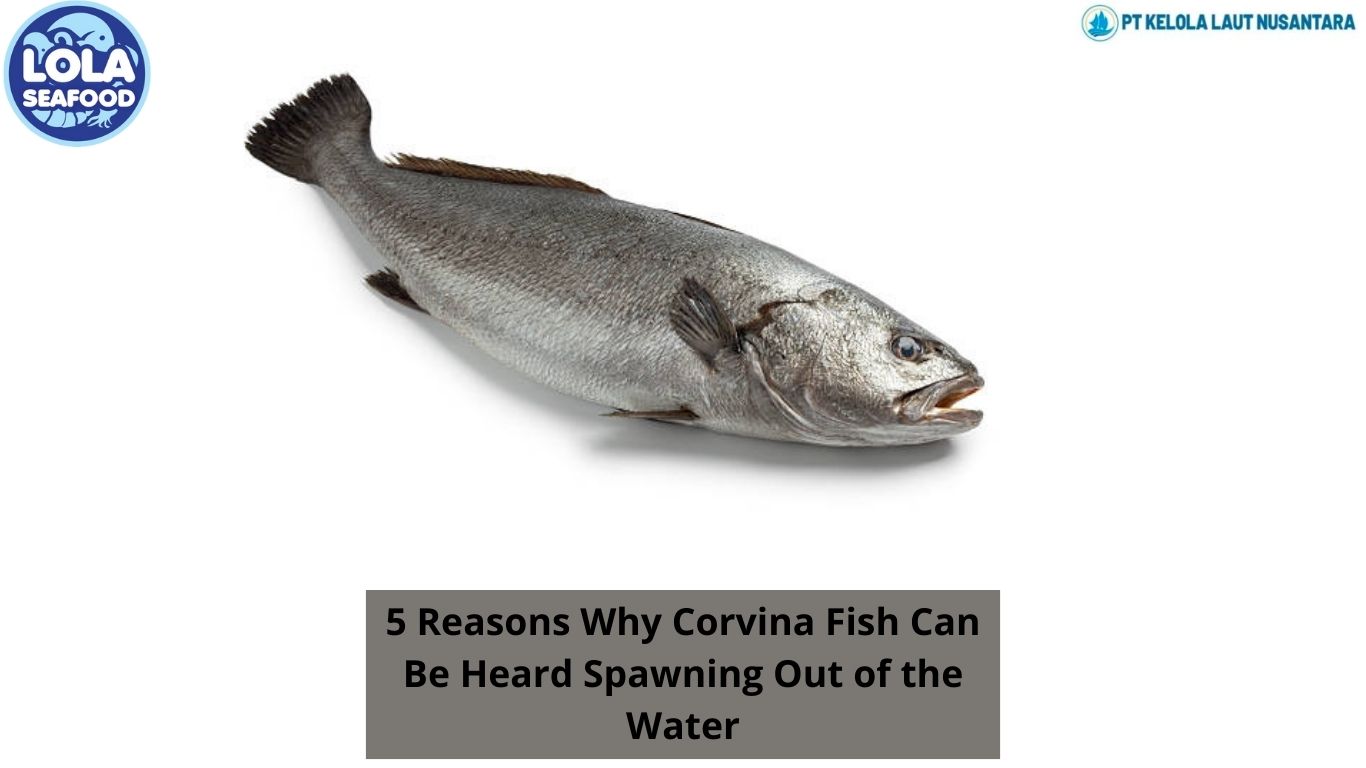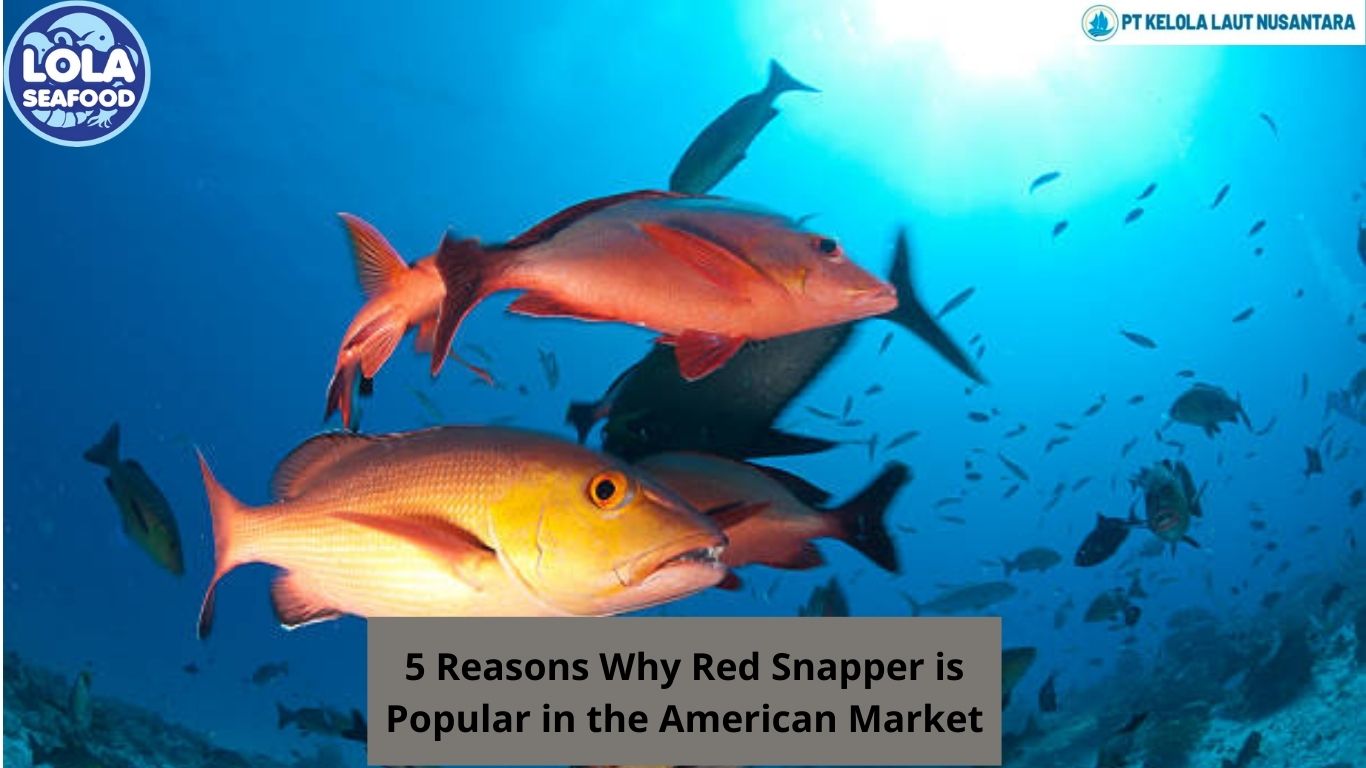The Warm and Cold-Hearted Fish
By. Najih - 27 Aug 2024.jpg)
Not all fish are cold-blooded. Some shark and tuna species, the white shark and the Atlantic bluefin tuna, have evolved the ability to warm parts of their bodies, such as their muscle, eyes and brain. About 35 species of fishes – accounting for less than 0.1% of all described fishes – have this ability, which allows them to stay warmer than the water around them. Until recently, however, the reason this ability evolved was a mystery.
By comparing the speed and temperature data of these warm-blooded and cold-blooded animals we could calculate the range of temperature these animals were swimming in and what speeds they were swimming at, accounting for their body weights. It turns out that warm-blooded fish can swim 1.6 times faster than cold-blooded fish. This is some of the first direct evidence of the evolutionary advantage of being warm-blooded.
This extra speed provides advantages when it comes to things like predation and migration. It’s likely that this makes them better hunters or travellers. The faster swim speeds also aid the fish in identifying prey. The quicker they swim, the faster an image moves across their eye, allowing them to process and identify the image – perhaps of prey – faster than slower counterparts.
It has previously been suggested that these warm-blooded fishes may be better able to deal with changing ambient temperatures by stabilising their body temperatures. This would be useful under current climate change scenarios, such as global ocean warming.
That may be the case, but our results indicate the ability to warm their bodies doesn’t allow them to occupy a broader temperature or depth ranges. This means we may have been overstating the resilience warm-blooded fish have for facing changing ocean temperatures.
Many of these animals are already facing threats from ocean warming, and human-induced risks. The Atlantic bluefin tuna is an endangered specieswhile the white shark is classed as vulnerable. We hope that taking these findings into account could better inform future work on the conservation and protection of these unique but threatened animals.








